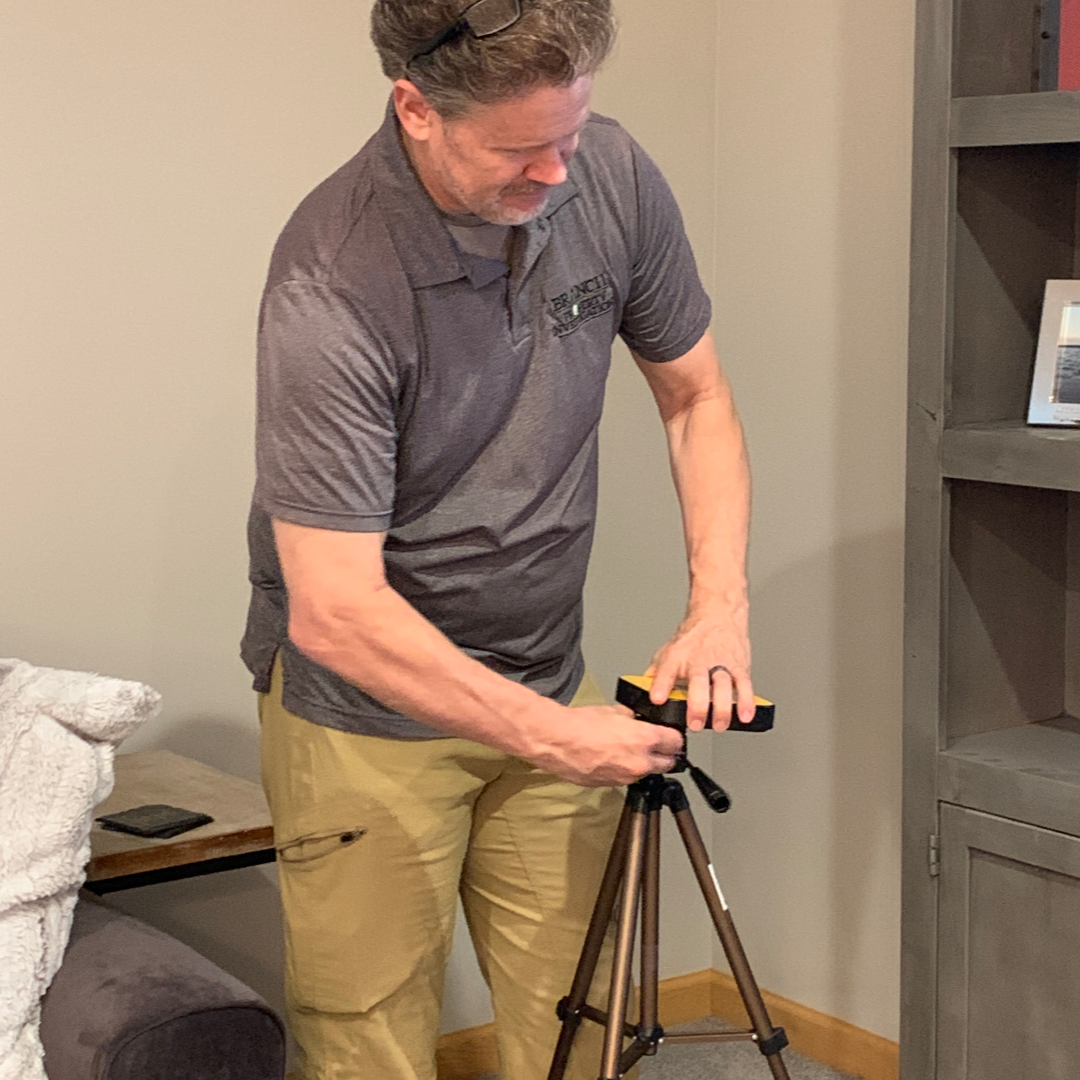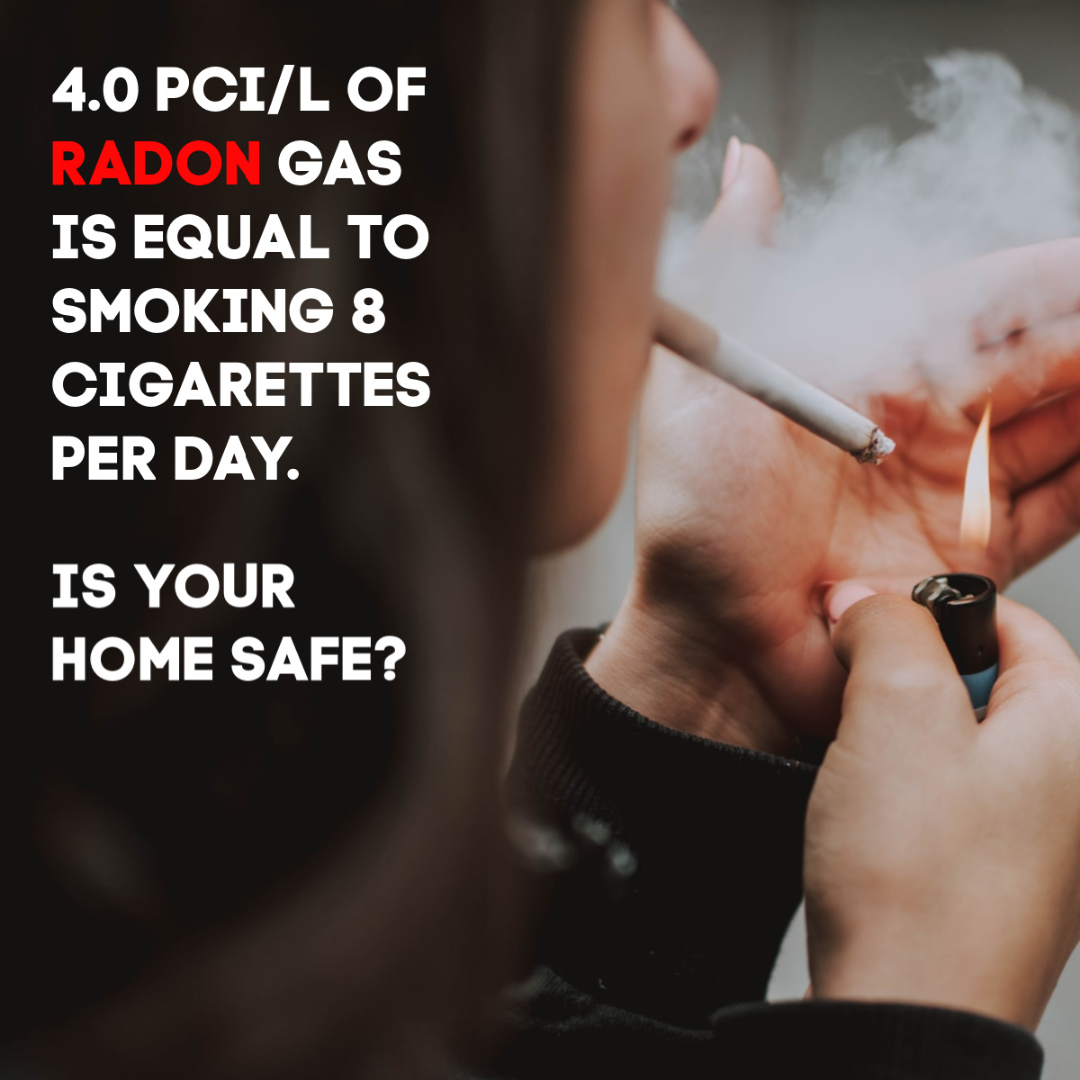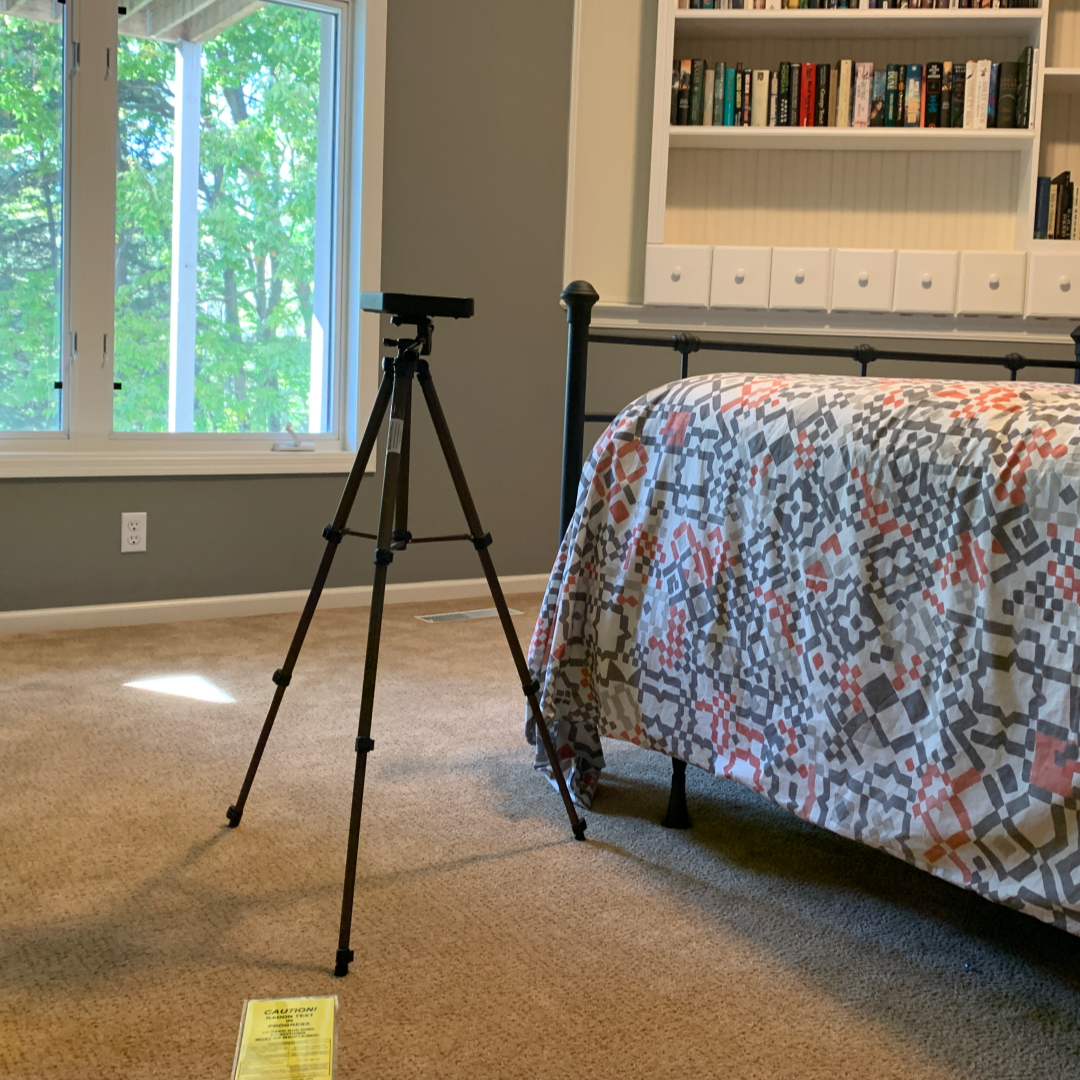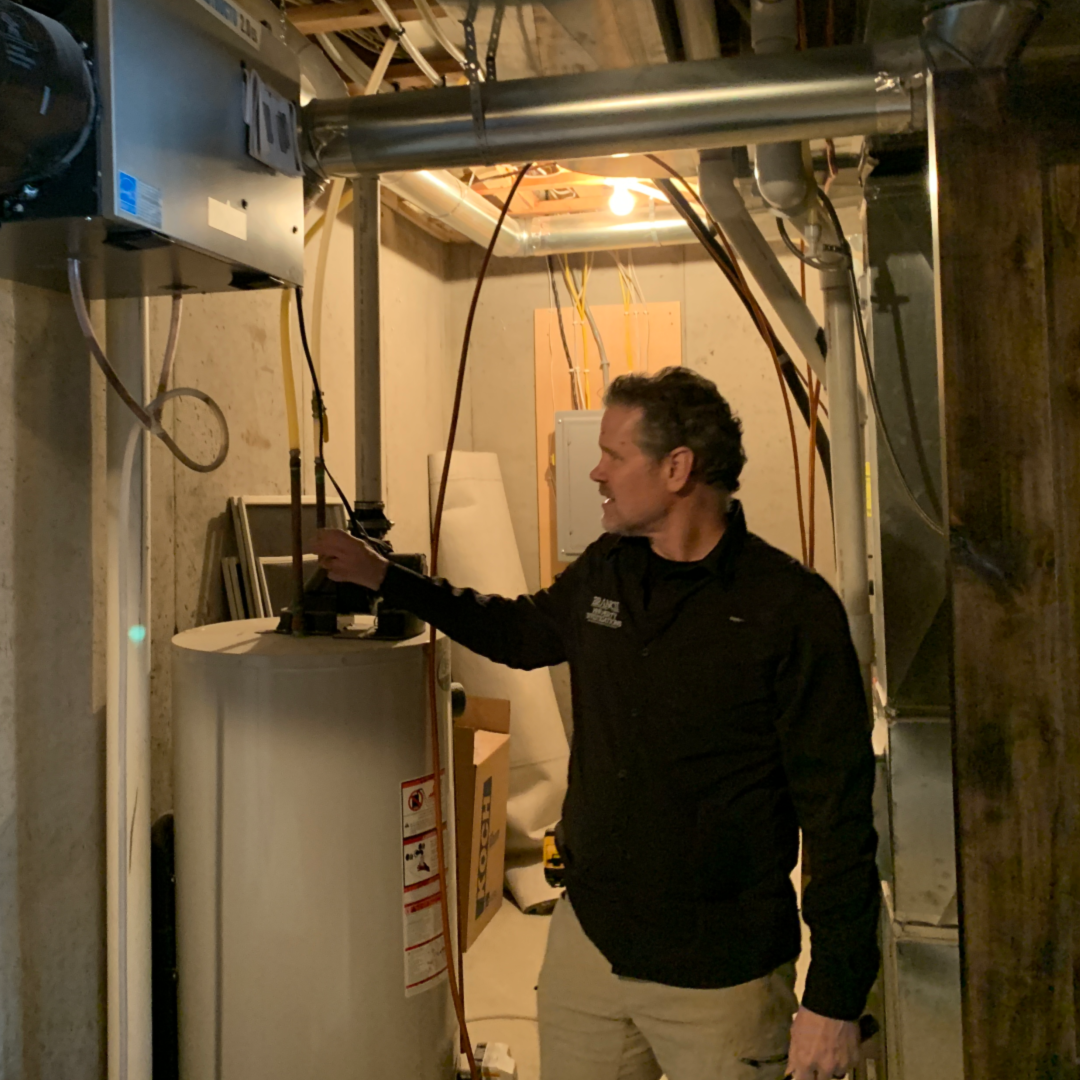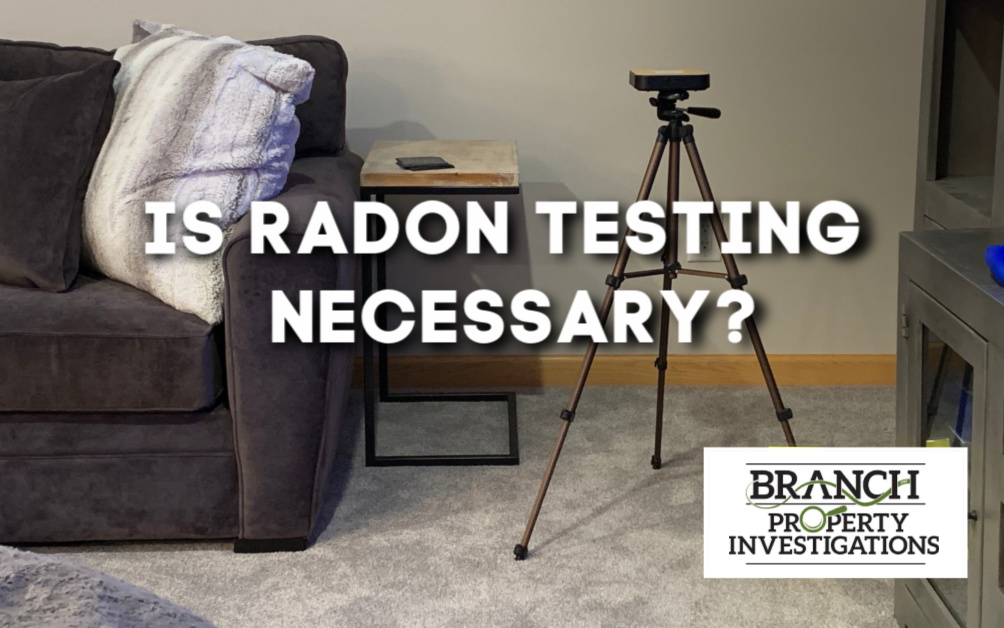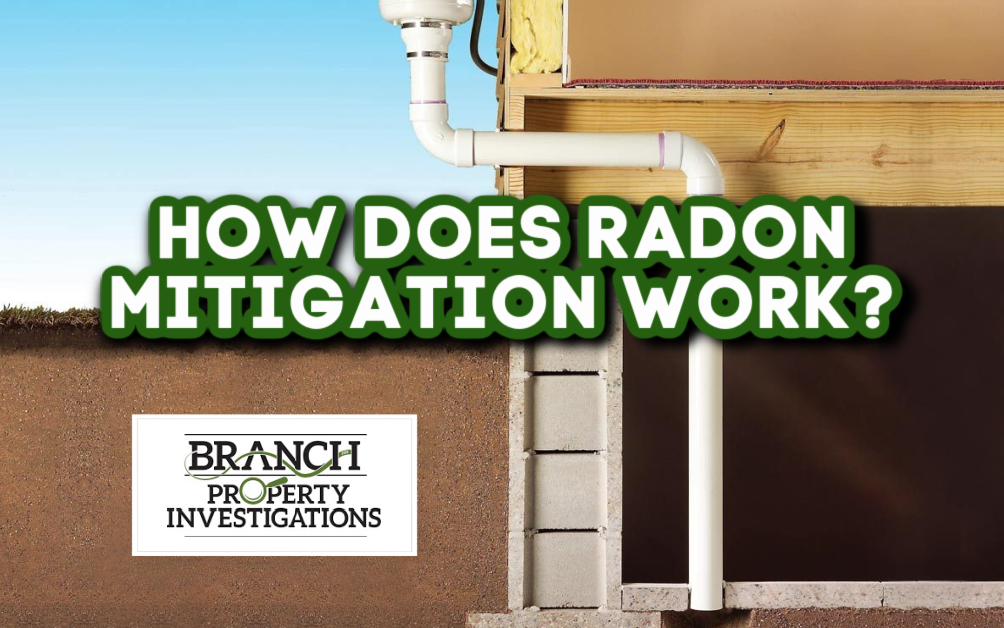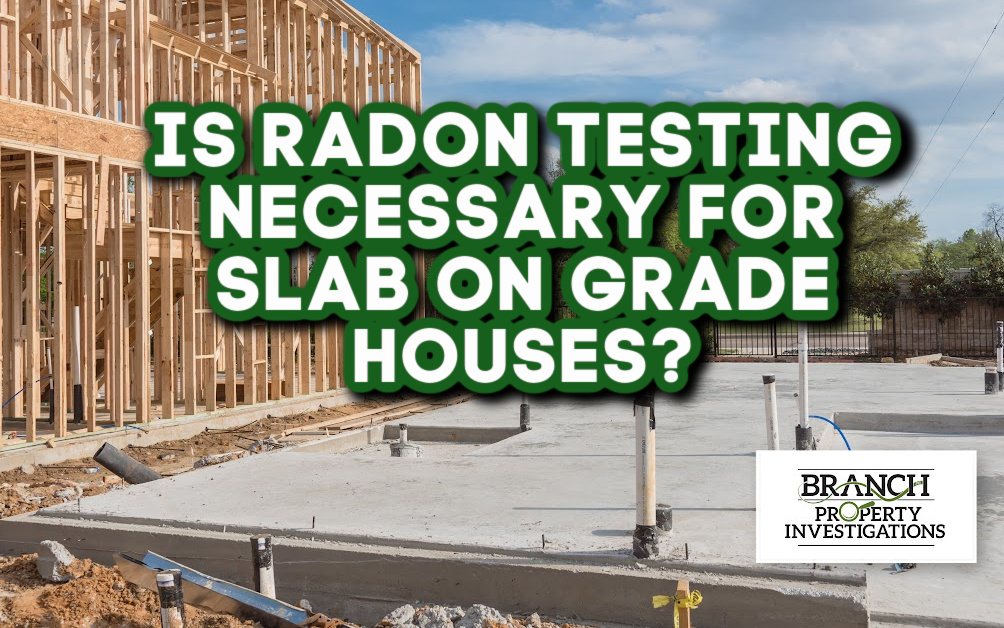RADON TESTING SERVICES
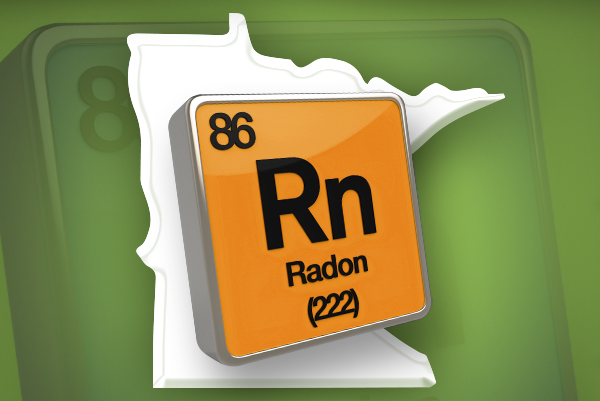 Since radon gas has been identified as the second leading cause of lung cancer in the United States, prudent realtors and home buyers want to discover if a home is contaminated prior to owning the house.
Since radon gas has been identified as the second leading cause of lung cancer in the United States, prudent realtors and home buyers want to discover if a home is contaminated prior to owning the house.
Radon In Minnesota
The lower half of Minnesota (including all of the Twin Cities and surrounding areas) has been identified by the EPA as the highest zone, Zone 3, for radon concentration. Because of this high radon concentration, there are a significant number of homes in our area that exceed the danger level of 4.0 pCi/L.
Expert Testing by Certified Professionals
Using the best technology available, we provide on-site continuous radon testing with registered and calibrated devices to ensure the most accurate counts possible. This includes a graphical report showing hour-by-hour variations in radon levels. The report is emailed the same day the 48 hour test finishes. We are a Certified Radon Measurement Provider, having attained that certification through the National Radon Proficiency Program (NRPP) so you can be assured that you are getting an expert evaluation of the test results.
Schedule Now
Call us or schedule online.
“Very professional and responsive across the entire team! Highly recommend to anyone who needs radon testing done at their home.”
“I had a great experience with my radon testing. Everything from the process & cost to the results was very well-explained. Communication was also a breeze. I hope to be in our new home for a long time, but look forward to using Branch Property Investigations again someday!”
“We would like to thank Tom for taking the time to perform a thorough home inspection. The knowledge conveyed in the process was invaluable. We will be sure to recommend Branch Property Investigation services to anyone we know in need of a home inspection and home education! Tom was very friendly and knowledgeable. His advice will be extremely helpful to me in our new home.”
“Had a radon and house inspection done. Very, very easy to schedule, and Tom was very professional. Full report provided digitally day after. You can tell he’s been around the block. Would book again in a heartbeat.”
FREQUENTLY ASKED QUESTIONS
Radon is a radioactive gas. It is colorless, odorless, and tasteless. It enters your home the same way air and other soil gases enter your home: through cracks in the foundation floor or walls, hollow-brick walls, and openings around floor drains, pipes and sump pumps. Unless you test for it, there is no way of telling how much radon is present.
Radon is formed by the natural radioactive decay of uranium in rock, soil, and water. Low levels of uranium occur naturally in the ground and can be found in all 50 states (although the average radon level in Minnesota is more than three times higher than the national average!) Once produced, radon moves through the ground to the air above. Some remains below the surface and dissolves in the water table flowing underground.
When radon undergoes radioactive decay, radiation is emitted in the form of alpha particles. It also produces decay products, often called progeny, some of which are also radioactive.
Unlike radon, the progeny are not gases and can easily attach to dust and other particles. Those radioactive particles can be transported by air and can also be inhaled.
Radon causes cancer when the radon decay product is inhaled and becomes deeply lodged in the lungs. These particles radiate and can penetrate bronchial cells, mucous membranes, and other lung tissues.
The carcinogenesis process is believed to begin from the ionizing radiation energy affecting the bronchial cells. Radon-related lung cancers are generally seen in the upper airways, but radon increases the frequency of all types of lung cancer, including: Adenocarcinoma, Small Cell Carcinoma, and Squamous Cell Carcinoma.
Lung cancer resulting from breathing in radon decay products is the only known risk associated with radon. Smoking tobacco multiplies the risk of radon-induced lung cancer by an average of 10 times.
According to the Minnesota Department of Health, every 25 minutes, a person in the U.S. dies from radon-related lung cancer. It is the leading environmental cause of cancer deaths and the leading cause of lung cancer among non-smokers.
Elevated radon levels pose a real threat to both your family and your pets. Pets typically spend more time in the house than their owners so their radon exposure could prove even more hazardous. Also, because pets are regularly kenneled or use a litter box in the basement, they visit radon-heavy areas more often.
Due to the carcinogenic effects of radon, when your pets inhale the decaying particles, it puts them at risk for lung cancer as well as other types of cancers and diseases. Some cancerous radon symptoms include lack of appetite, fever, masses on the body, difficulty breathing, coughing, or excessive vomiting. If you have noticed these symptoms, bring your pet to a veterinarian and get your home tested for radon.
The MN Department of Health recommends that all Minnesota homeowners test their homes for radon because it is widely believed to be the second leading cause of lung cancer. A radon test is the only way to find out how much radon is in your home. Hiring a licensed radon measurement professional is recommended when an unbiased, third party is needed, such as in a real estate transaction. The result from a properly performed radon test will help you decide if you need to reduce your home’s radon level.
The MN Department of Health estimates that 2 in 5 homes exceed the 4.0 pCi/L action level. The best way to know if you have a dangerous radon level in your home is to have a licensed professional test for it.
A pCi is a measure of the rate of radioactive decay of radon. One pCi is one trillionth of a Curie, 0.037 disintegrations per second, or 2.22 disintegrations per minute. Therefore, at the EPA’s recommended action level of 4 pCi/L (picocuries per liter), there will be approximately 12,672 radioactive disintegrations in one liter of air during a 24-hour period.
If you’re buying a house, ask whether it’s been recently tested for radon. If it has, ask to see the results. If it hasn’t, it would be wise to have the home tested by a professional. It is common for the buyer to perform a radon test alongside the home inspection and can be a contingency of the purchase contract.
The EPA recommends that to improve indoor air quality, people should consider installing a mitigation system to reduce radon levels below 2.0. While 4.0 is the number that triggers seller action (usually), the lower the radon, the less cumulative impact on health.
If you’re selling your home, it’s a good idea to test it for radon before you put it on the market. That way, if your test reveals elevated levels of radon, you can take care of it before scaring off potential buyers. Be prepared to share test results and any mitigation efforts.
The EPA recommends that to improve indoor air quality, people should consider installing a mitigation system to reduce radon levels below 2.0. While 4.0 is the number that triggers seller action (usually), the lower the radon, the less cumulative impact on health.
No. Radon concentrations vary from house to house. All homes have some radon, but even houses next to each other can have very different radon levels. The only way to measure your radon risk is to test your home.
Radon is a serious public health concern in Minnesota. According to the MN Department of Health, the average radon level in Minnesota is more than three times higher than the U.S. radon level. This is due to our geology and how our homes are operated. Minnesota homes are closed up or heated most of the year, which can result in higher levels of radon. In Minnesota, more than two in five homes have radon levels that pose a significant health risk.
There’s no way to predict exactly where radon might show up, but you can check the EPA’s color-coded map to see predicted averages for every county in the continental United States.
According to the MN Department of Health, all Minnesota homes should be tested for radon and then retested every 2-5 years (and homeowners should save their test results). Additionally, homes should be tested after making changes to the foundation, heating, cooling or ventilation system. If your living patterns change and you begin occupying a lower level of your home (such as a basement) you should retest your home on that level. Also consider testing before a major remodeling project to determine if radon mitigation should be added into the project and then retest after adding a radon mitigation system to make sure it is working properly.
The EPA recommends that to improve indoor air quality, people should consider installing a mitigation system to reduce radon levels below 2.0. While 4.0 is the number that triggers seller action (usually), the lower the radon, the less cumulative impact on health.
Because radon levels can change over time, the MN Department of Health recommends retesting every 2-5 years, especially if use patterns change or perhaps a lower level of the home becomes occupied or used more frequently. Renovations, changes in ventilation, earthquakes, settling of the ground beneath the home, and other changes may cause indoor radon levels to change over time.
The Environment Protection Agency claims that in order for a home to be deemed safe, the radon levels should not exceed 4 pCi/L. If your test results come back slightly elevated you may want to consider a follow-up test in order to confirm whether radon levels are high enough to warrant mitigation. If the average of the initial test and the second test results are equal to or greater than 4 pCi/L, then radon mitigation is highly recommended. If the average of the two test results are less than 4 pCi/L, consider testing again sometime in the future. Additionally, because radon levels can fluctuate between seasons or during varying weather conditions by a considerable amount, a retest following the initial test may be wise.
Yes. Your home can have high radon levels whether it is old or new, well-sealed or drafty, and with or without a basement. Every new home should be tested after occupancy, even if it was built radon-resistant. If radon levels are still in excess of 4 pCi/L, the passive system should be activated by having a qualified mitigator install a vent fan.
New homes are often built with radon-resistant features. Radon-resistant construction techniques can be effective in preventing radon entry. When installed properly and completely, these simple and inexpensive techniques can help reduce indoor radon levels in homes. In addition, installing them at the time of construction makes it easier and less expensive to reduce radon levels further if these passive techniques don’t reduce radon levels to below 4 pCi/L.
The professionals at Branch Property Investigations use industry-leading, continuous radon monitors. Our radon testing devices are verified by the EPA for accuracy and approved for radon testing in real estate transactions. Our monitors are widely considered to provide a more accurate picture of radon levels than the charcoal canister test kits you may have read about. Additionally, we have our monitors calibrated on an annual basis to ensure their accuracy.
When you schedule a test from Branch Property Investigations, one of our radon testing technicians will come to your home and identify the lowest living area in your house. For most homes in Minnesota, this is the basement.
Our technician will set up the radon monitor at the lowest living area of your home, and configure it for 48 hours of continual monitoring. (If additional levels of a foundation system are discovered, extra radon unit(s) are required by the MN Department of Health and will need to be added for an additional fee.)
12 hours prior to the start of your test and during the two days your home is being tested, you will need to avoid opening any windows and ideally should not run your air conditioning system. Normal opening and closing of your entrance door is okay, but you should not leave it propped open for any reason. The radon monitor should not be moved for any reason. After two days, the technician will return and collect the tester, and we begin the process of analyzing the results. Typically the test results and report are made available to the client later that same day.
A radon mitigation system is any system or steps designed to reduce the radon level in your home. The Environmental Protection Agency recommends you take action to reduce your home’s indoor radon levels if your test result is 4 pCi/L or higher.
Mitigation system costs vary depending on the size and design of your home and which radon reduction methods are needed. We are happy to recommend a qualified radon mitigation contractor in the Twin Cities area.
Radon testing is highly regulated in the state of Minnesota. According to MN Statute 144.4961, a license is required for anyone who performs a radon test in a home they do not own or lease.
The Radon Test Notification Form is a document provided by the professional radon tester, per the state’s requirement. This document gives written notice of required test conditions to the party responsible for the property. It also contains a requirement to request a signature on a noninterference agreement.
Please click this link to access a copy of Branch Property Investigation’s Radon Test Notification Form.
We service the Twin Cities and surrounding metro area including, but not limited to the following cities: Eden Prairie, Chanhassen, Chaska, Maple Grove, Plymouth, Minnetonka, Wayzata, Minneapolis, St. Paul, Hopkins, Edina, Richfield, Shakopee, Savage, Prior Lake, Bloomington, Burnsville, Eagan, Apple Valley, Lakeville, Rosemount, Woodbury, Oakdale, Maplewood, Roseville, Blaine, Golden Valley, and St. Louis Park.
If you are outside our normal service area (35 miles any direction from our home base in Chanhassen), an additional travel fee may apply and will be visible to you in the online scheduler. Please don’t hesitate to call (612) 440-8466 or email with specific questions!


